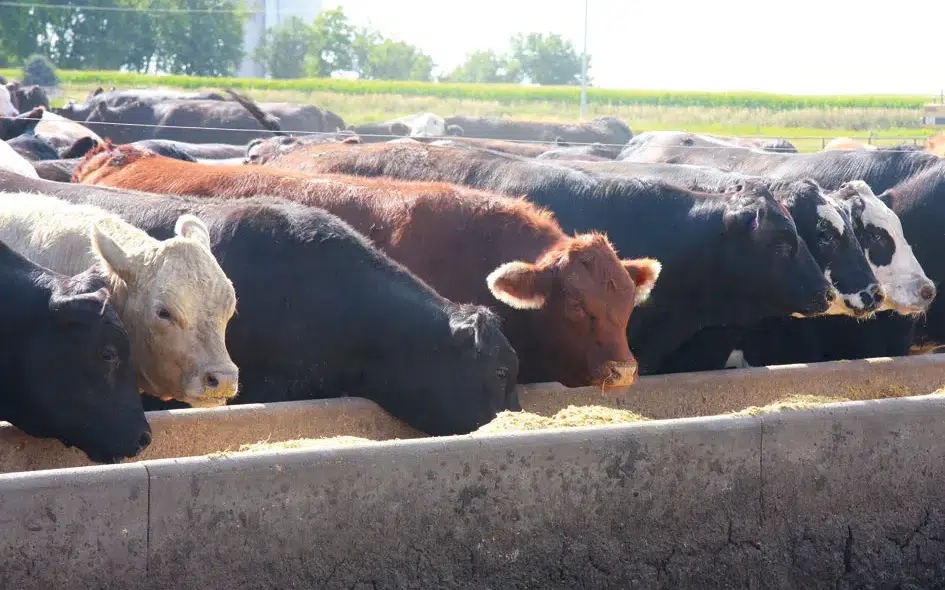Owning livestock can definitely be a challenge. Especially when your cattle get out into the road trying to cause trouble. You likely already have an understanding of a cattle grid sometimes referred to as a stock grid, if you’ve made your way to this post. But let’s dig a little deeper into the details of what cattle grids do and what’s going to be the best solution for your wandering livestock problems.
What is a Cattle Grid?
So, what are cattle grids for? They are often used as an alternative to cattle gates or fencing, the typical cattle grid design is a large pit in the ground housing a ground level concrete or steel grid for vehicles to cross over, but your livestock will struggle manoeuvring the gaps.
The goal is to prevent cattle moving from one section of land to another where they aren’t wanted. You will normally find cattle grids installed at the external fence line which separates private property and public road systems, or potentially two sections of land on private property. After all, your livestock is a strong source of revenue; you’d hate for them to go missing!
Like most products, there’s a variety of designs available and it’s important to make sure you’re installing the cattle grid that’s right for you.
Common Cattle Grid Designs
Flat Box Cattle Grid
The most common cattle grid installed is a flat box design. This design consists of three components which we will discuss below.
The grid itself, often referred to as piping, is the first and most important component of a stock grid. These can come in a variety of designs, but all maintain that original goal of keeping livestock where you want them.
Both concrete and steel grids have the option of being produced with either a round of flat top, however both with still create an illusion of a deep pit that will deter your animals. The differences between round top and flat top grids are that the round top creates uncomfortable footing for cattle, sheep and alike. The flat top design will provide a smoother drive when travelling over the grid in a vehicle.
Most cattle grids will have removable boxes inserted under the grid. These are to remove any debris that makes its way through.
Lastly, your cattle grid should have guard wings or fencing along either side. This will prevent your livestock from manoeuvring around the side of the grid. Some cattle grids will come with these installed, but there is also the option to build a fence after your installation.
Boxed Cattle Grid
The other option is a boxed cattle grid. Retaining key features from a flat box design, the boxed cattle grid is installed above ground level and has a steel skirt installed minimizing debris entering the pit. As the grid is above ground this means your install will also be a little different. A bank of dirt will need to be created on either side to move freely across the cattle grid.
The boxed cattle grid design will likely move over time, and it is recommended these are installed for short term use.
What Materials are Used for Cattle Grids?
Concrete Cattle Grids
Concrete cattle grids are one of the most popular designs on the market. Typically reinforced with steel rods, they are weather resistant and are strong enough for your heavy-duty farm equipment, such as tractors, to travel over.
Steel Cattle Grids
As an alternative, galvanised steel stock grids are also available. These grids are often more affordable to transport and will provide the same strength as a concrete grid. However, steel grids are typically more expensive to purchase and may have challenges with weather conditions.
Virtual Cattle Grids
Virtual cattle grids have stemmed from some “out of the box” thinking entirely. By painting alternating light and dark colours on the ground this creates the illusion of depth. Although virtual grids have been shown to work, once one of your cattle works out the trick, the rest will be sure to follow. The cost to maintain the illusion over time will likely outweigh the cost of installing a concrete or steel grid as well.
Cattle Grid Drainage
It is important to ensure your cattle grid can drain any rainwater that will enter the pit. Installing pipes or adequate drainage holes will prevent a build-up of rainfall. Excessive moisture can lead to a build-up of debris which can be challenging to remove, or even unwanted plant growth within the grid. As previously mentioned, removable boxes within your installation will also assist with build-up under your cattle grid.
Cattle Grid Sizes
Whether it’s a public double lane road or a private walking track, cattle grids are available in a wide variety of sizes. There will almost always be a product to suit your needs, custom designs are also available if that’s what your project needs.
Why Choose Civilmart for Your Cattle Grid Solutions?
Civilmart has a knowledgeable team of rural concrete product experts who can provide solutions to your agricultural needs. Ensuring you get the right products for you next project, Civilmart is your best bet. Get in touch with the team today!




